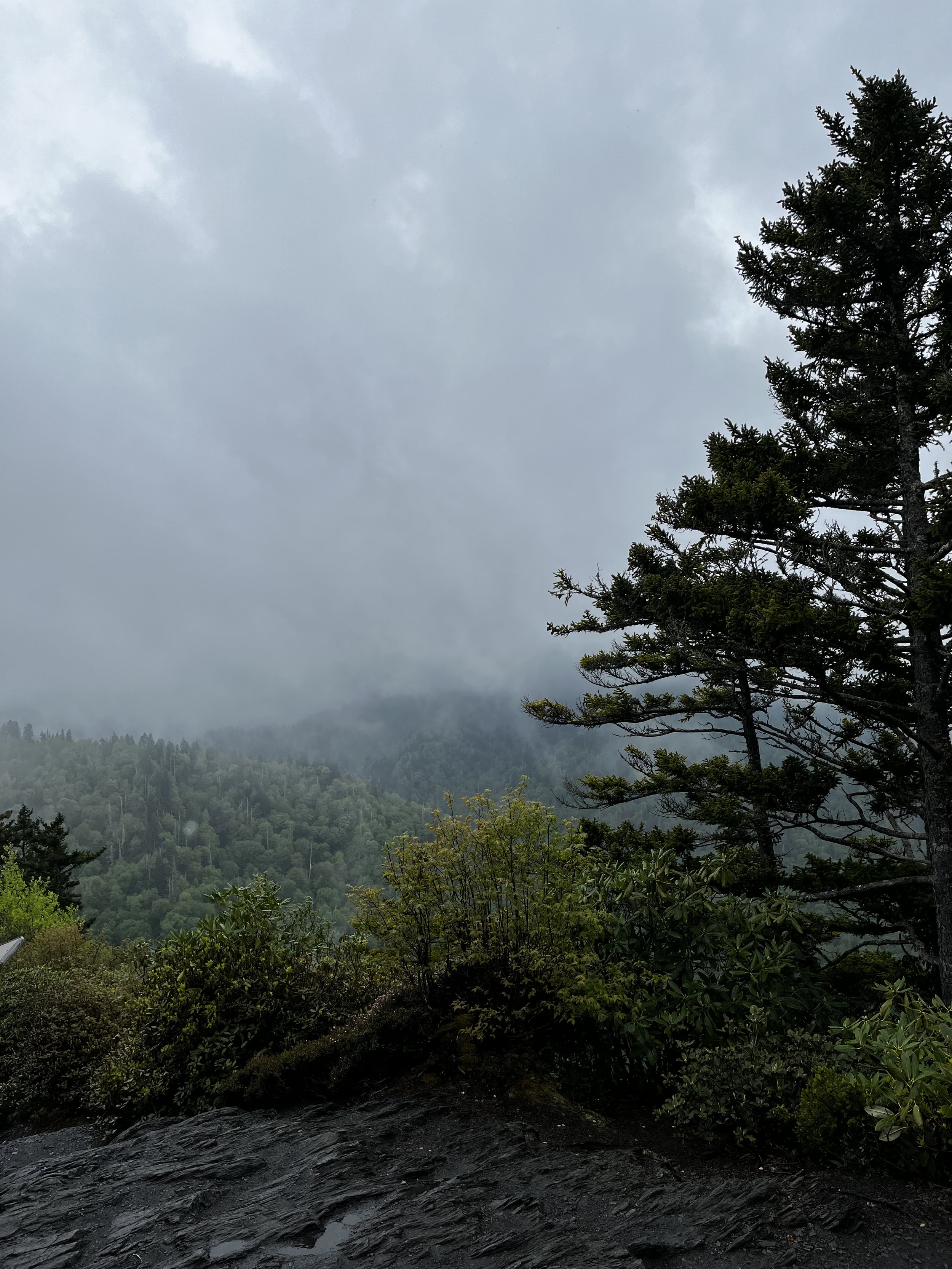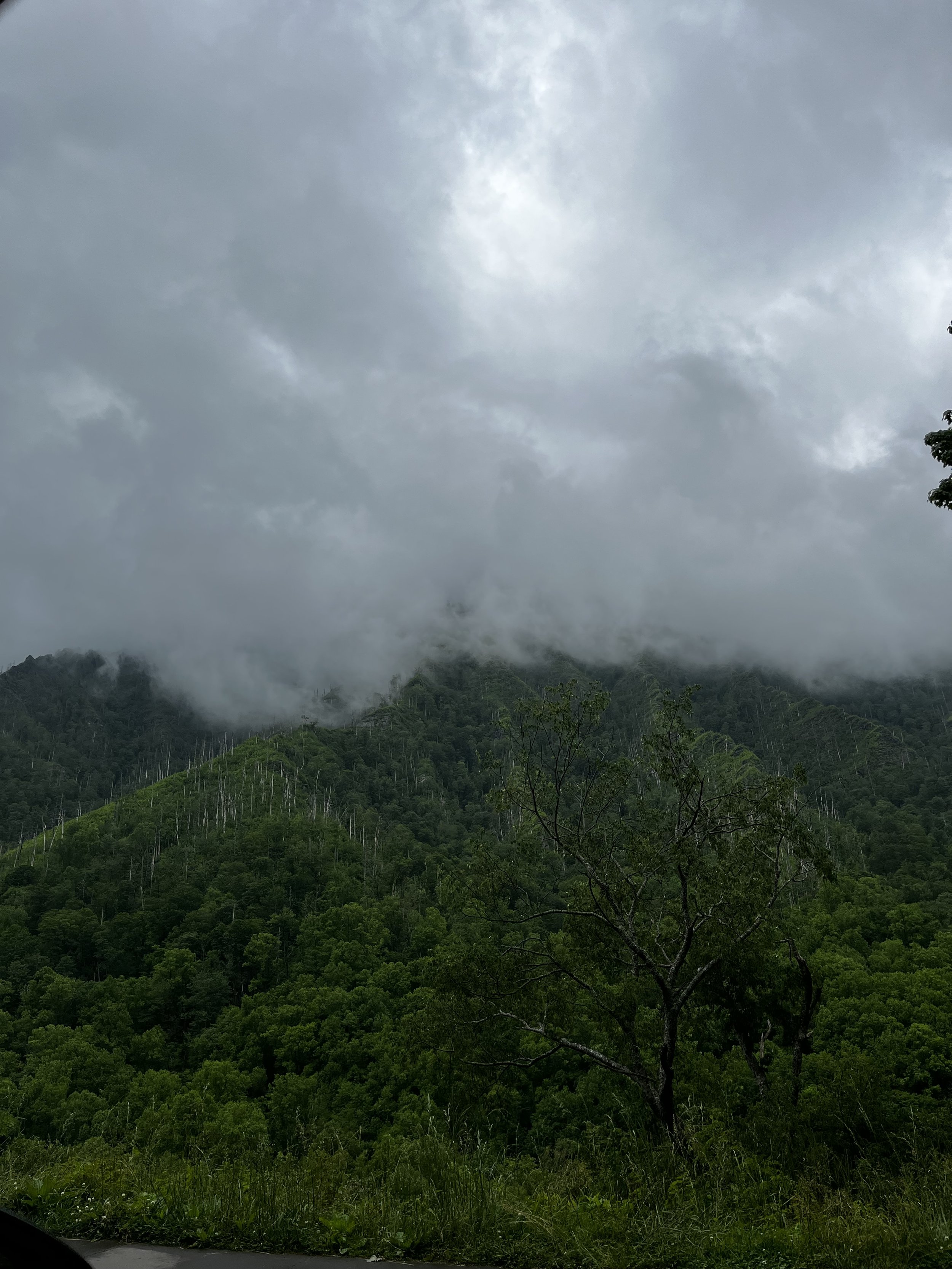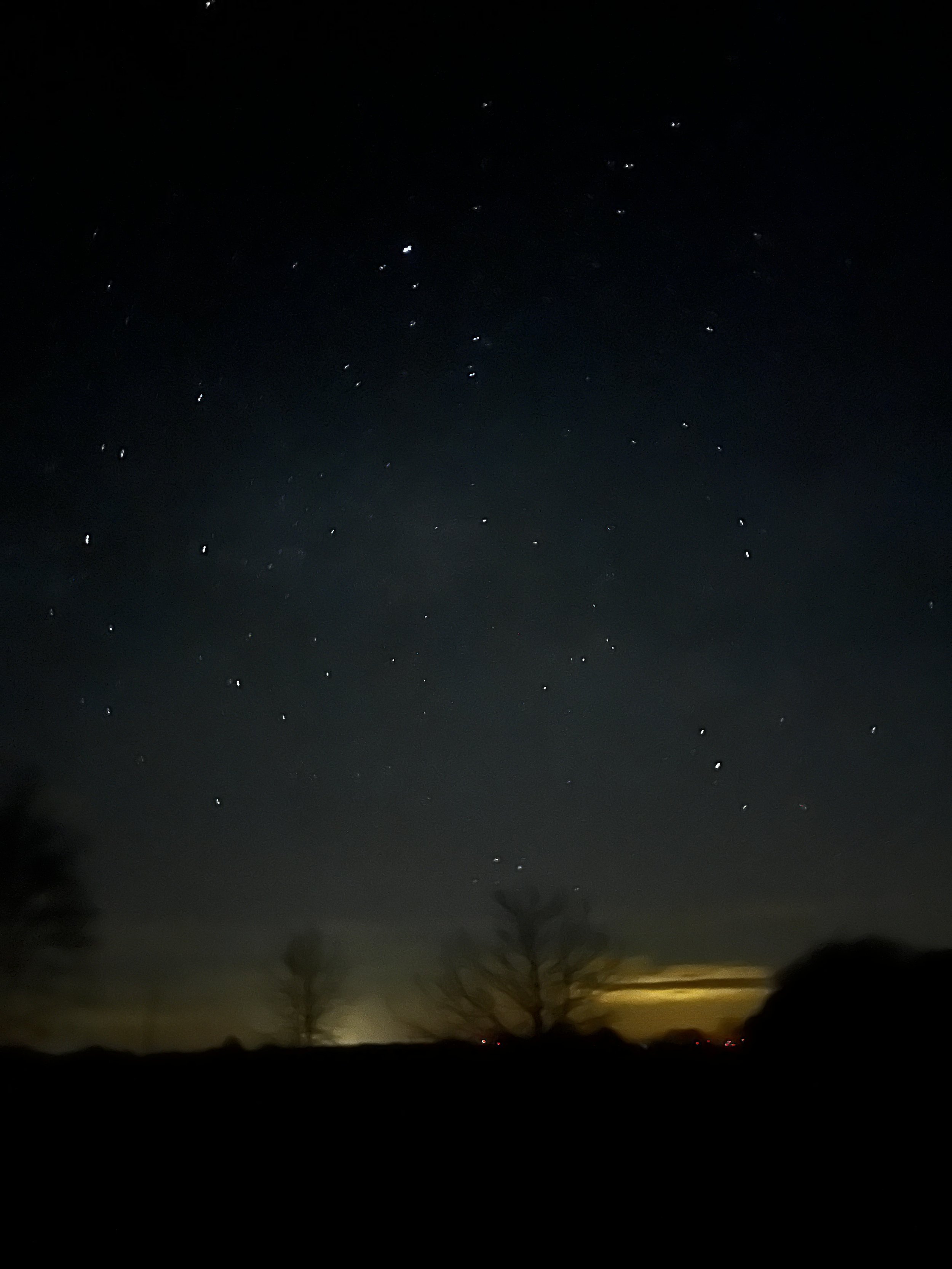
Aerospace Engineering
at the University of Illinois, Urbana-Champaign
Hi, I’m Vivek and I love building stuff.
What if I told you that I consume knowledge like no one you've ever met and I've actually finished aviation Wikipedia? That's the Wikipedia page on the SR-71 right there, right? Open it up, read me something, anything.
I’m a junior at UIUC and want to be on a team that pushes the boundaries of innovation, and what it means to be an engineer.
EXPERIENCE
Process Engineering Intern
Converted legacy 2D CAD drawings into 3D models, improving readability and minimizing potential for human error.
Designed CAD models and prototyped tools using 3D printing to simplify and expedite repair of casting defects like cold
cracks, reducing the number of scrapped parts.Participated in daily scrap meetings to identify defects, determine root causes, and propose potential solutions.
Produced solutions for flashing in wax dies, without having to rework the die itself.
Created a simplified macro in VBA for scrap organisation and reporting.
Methods Engineering Intern
Drastically slashed the amount of time spent on monotonous tasks like data entry by creating multiple self-updating, maintainable algorithms to sort and organize a decade's worth of defect and parameter data, all mapped to a single macro in VBA.
Documented trends in cutting and welding procedures and found a probable root cause in initial cutting which led to increased flux build-up during welding.
Created and implemented a standardized procedure for the welding parameters of titanium tubing for the A320neo/737MAX GE/CFM engines after learning the relevant industry standards.
Part of a team aiming to phase out Fluorescent Penetrant Inspection as a redundant testing step, saving the company valuable time and money with minimal effect on the quality of the product.
Structures Design Lead
Created and coordinated the design of CAD models of aircraft components in NX for efficiency, both aerodynamic and in terms of personnel management.
Fabricated and ground-tested a version of the final aircraft in a remarkably short period, overcoming design and manufacturing issues as they arose.
Produced effective solutions to make the aircraft airworthy without significant re-work and fixed issues like H- tail deflection, gear bowing and tolerance issues for machined parts, exposed by real world testing.
Created drafts and justified detailed designs as part of the comprehensive technical report team.
Innovations Team Intern
Authored two review papers on the applications of aerospace technology in health.
Helped assemble a panel of experts including senior leadership at SpaceX, ISRO, and health sector startups to discuss the potential for cross-industry collaboration and fast-track the introduction of life-saving technology into the market.
Created the website for the event.
Preliminary Design and Build Intern
Designed a quadcopter with 40% higher payload capacity than the previous design to fit the mission parameters, to drop aflotation device to refugees in the Mediterranean.
Optimized and lightened the design further to achieve a 25% higher range with the given battery capacity.
Built and calibrated the initial prototype with a GPS-enabled Pixhawk controller using ArduPilot MissionPlanner.
Learnt about the operations of a start-up and the general working principles and constraints of a VTOL aircraft.
-

Applying Computer Science
My college courses in Java and Python have taught me to use code for the initial design of aircraft.
-

Siemens NX, Solidworks, Fusion, CATIA
I like CAD.
A lot.
-

Manufacturing Methods
My training with 3D printers, laser cutters, and common workshop tools allows me to design stuff that can actually be built.
-

Problem Solving
An almost intuitive sense of structures and stresses (thank you, Lego) allows me to come up with the most ad-hoc and outlandish ideas. They work. Usually.

My AE140 Project: Pathfinder and Sojourner
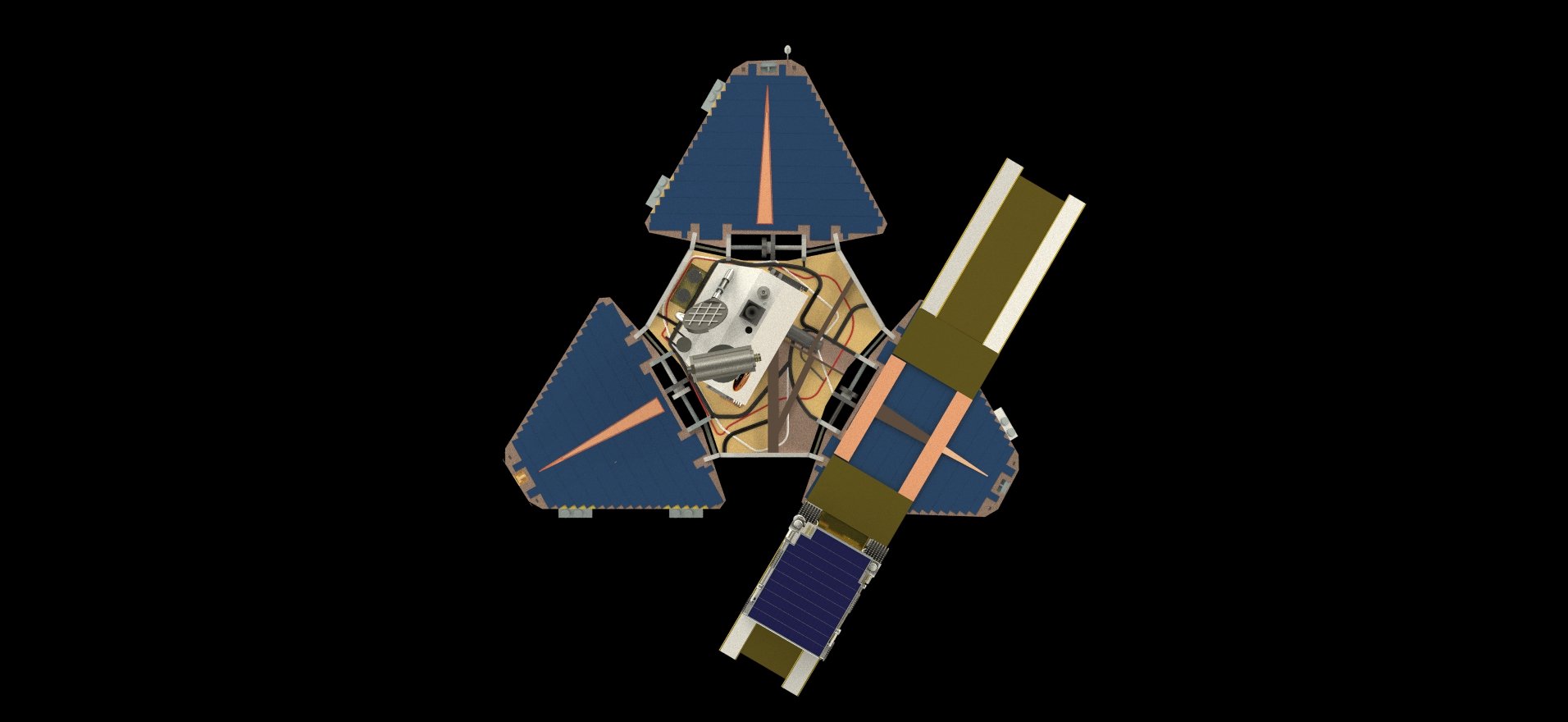
Pathfinder and Sojourner from above

Sojourner Rover

Blatant groveling (please hire me)

DBF 2021-22 Aircraft
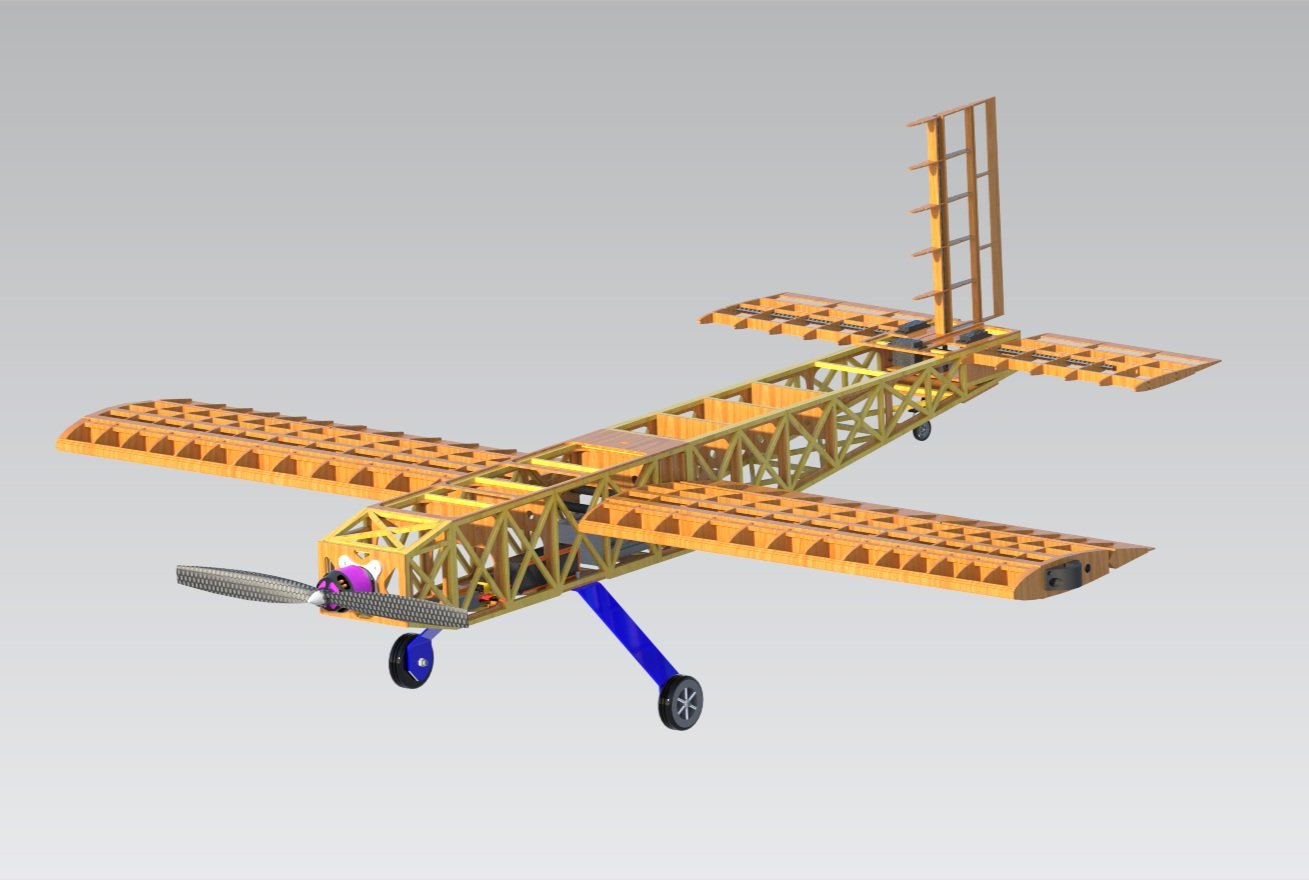
DBF 2022-23 Aircraft

DBF 2022-23 Aircraft Systems
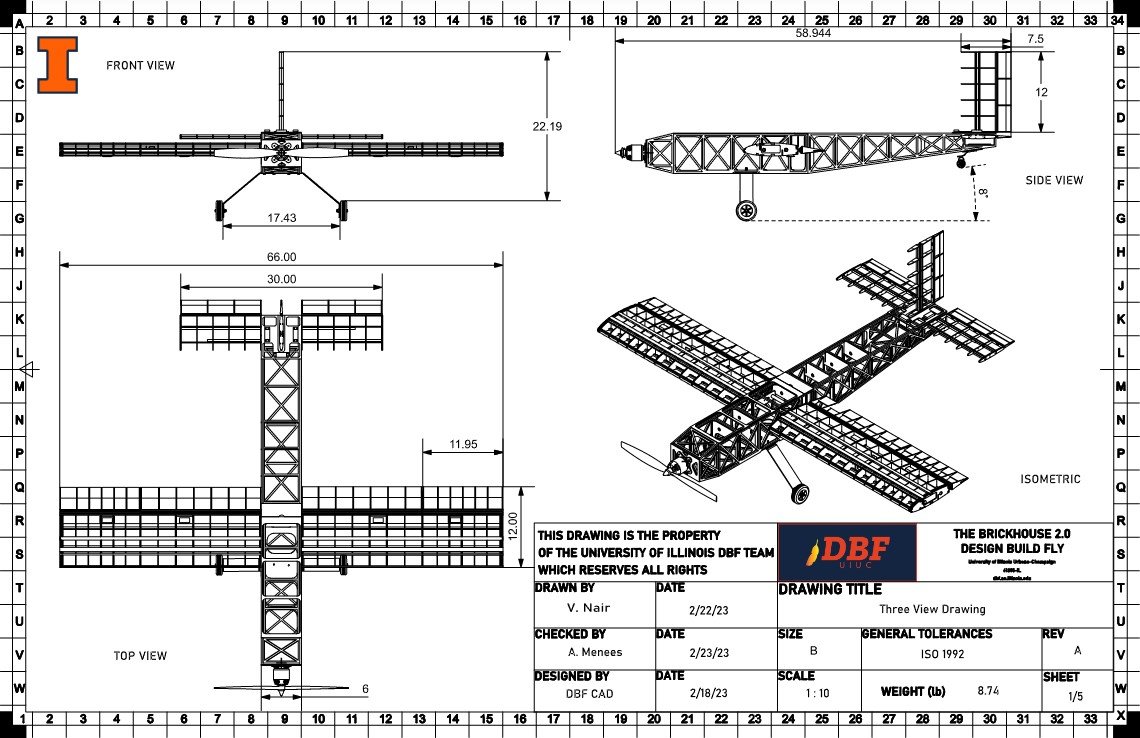
DBF 2022-23 Aircraft Three View Diagram

Cover Page for my first UNAIDS Review Paper
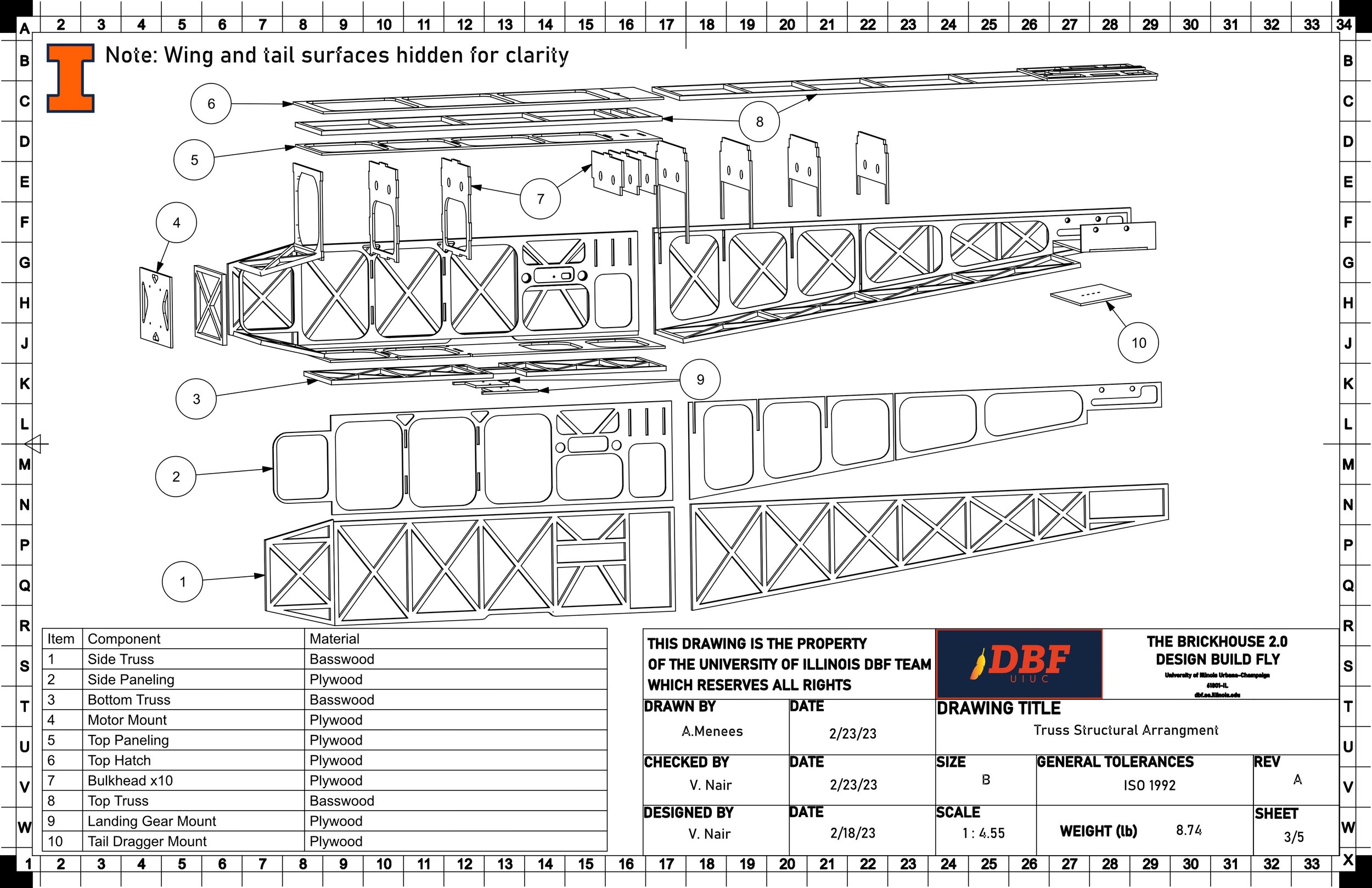
DBF 2022-23 Aircraft Fuselage Structure

DBF 2022-23 Aircraft Wireframe

The moment the vertical stabilizer separated from the fuselage on the first prototype for the 2022-23 aircraft. This was unplanned.

Another happy landing. -Obi Wan Kenobi

Yep. This is fine.

Mission Patch for our design concept, the Firefighting Platypus, a VTOL firefighting aircraft.

Structural design choices and justifications because "it looks kinda cool" doesn't cut it anymore. Society *sigh*.
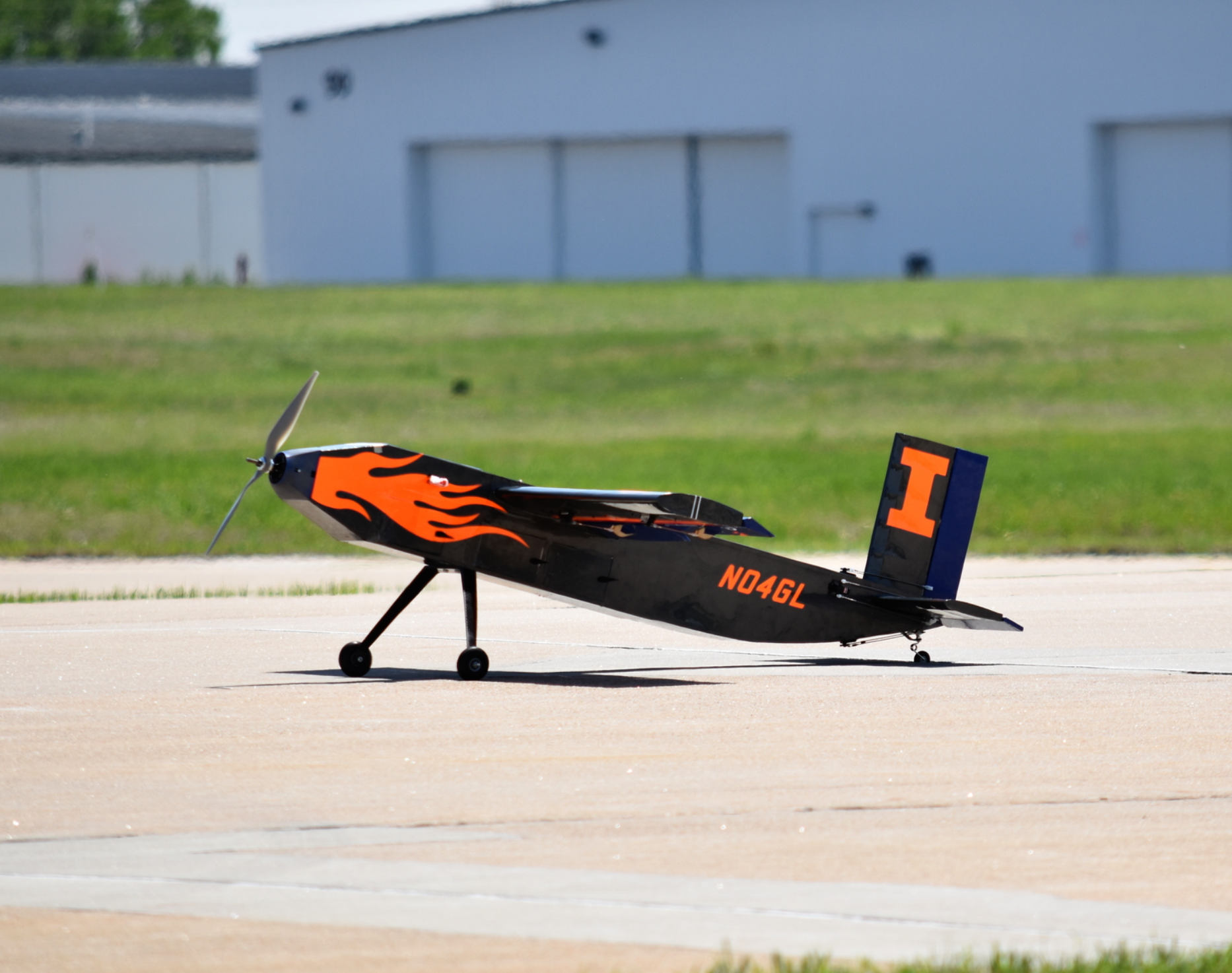
The 2024 UIUC DBF Competition Aircraft, Greased Lightning.

Our pilot (is in the background).

Pivot wing.

Our plane looks the best.

Greased Lightning after Mission 3.
IT HANDLES LIKE A DREAM. LANDS TOO.
Our first successful landing was achieved with Prototype 2, which brought significant structural rework to mitigate the issues on Prototype 1. Some of the highlights include the use of trusses for the entire fuselage, stabilizers reinforced by carbon fiber aero shafts, and a new landing gear mounting mechanism to minimize outward bending moments. The design philosophy for Prototype 2 was,
You learn a lot from failure. But it sucks. So you must also try your very best to avoid it.
IT’S LIGHTS OUT AND AWAY WE GO.
The final project for my control systems class was creating a control system (surprise) for a quadcopter. The goal was to get through any given obstacle course in the shortest time possible. Simply, the drone tried its best to remain stable through a set of governing equations, while looking for the optimal path to fly through it, ideally, while not hitting anything. My drone, the $4 DJI Phantom from Wish.com (where collision avoidance is a state of mind), completed the course in 21.9 seconds, beating second place by 1.2 seconds and becoming one of only 5 drones from the entire class to complete the course in under 30 seconds. I am speed.
PERRY THE FIREFIGHTING PLATYPUS?!?
It’s a Phineas and Ferb reference.
When our group received an assignment which essentially said, “Make a plane that does something cool,” my first idea was not a VTOL firefighter that could pick people up as it put out fires. It was actually a supersonic commercial jet that ran fuel through its leading edges as coolant and to increase engine efficiency. After realizing we lacked ALL the expertise required to design something like that, we settled on this about-as-subsonic-as-a-plane-this-size-can-get aircraft concept. As the structures guy who had experience working with slow and heavy planes, I quickly picked out an airfoil combination for the wing and tail, so I could spend more time doing what makes me happy, relentlessly abusing the edge blend tool in NX. The aircraft model has everything, I-beams, bulkheads, linear stress distributions, and the capability to crash any UIUC AeroLab computer if you pan too fast. After the nosecone was mocked for looking like a platypus, we decided to just embrace the platypus aesthetic. This video shows the Firefighting Platypus’s tiltrotors that allow the plane to hover and a ton of doors, all of which, I swear, have a purpose.
Stuff
-
Authored a chapter on the role of Aerospace technology in mitigating natural and manmade disasters for Columbia University professor, Dr. Kuriansky’s publication,
-
Team Leader of The Overconstrainers.
-
For an autonomous mosquito repellant spraying robot
-
Top 15 in the state for journalistic and writing talent.
-
In Math, English, and Cyber Olympiads. Got some Silvers too but eh.
HIGH ALTITUDE SHENANIGANS
This year, I’ve discovered an obsession with climbing mountains in addition to my well-documented one with airplanes. I also found that the meme storage app on my phone (they call it the Gallery) can store other stuff too. These are some of the less blurry photos I took of things and places. I wouldn’t call myself a professional photographer, but if you were to look at the back half of the Concorde I managed to capture, despite being in a moving vehicle, and decided I was, in fact, a professional, I wouldn’t correct you.
I’m considering making an Instagram account where I just post pictures I’ve taken from the tops of mountains with motivational, life-changing revelations I’ve had up there like, “My feet hurt”, “6000 ft is actually kinda high up”, “That’s a lot of trees”, “Oh look! Stones, dry leaves and twigs. The same stuff this granola bar is made of,” and of course, “Yeah, I could climb Everest ”.
Contact
Feel free to contact me with job offers, for questions, job offers, just for a discussion about stuff that flies or job offers.
Email: vivekrn3@illinois.edu
Phone: +1 (217)-695-6939
I don’t think I should put my address on the internet.









